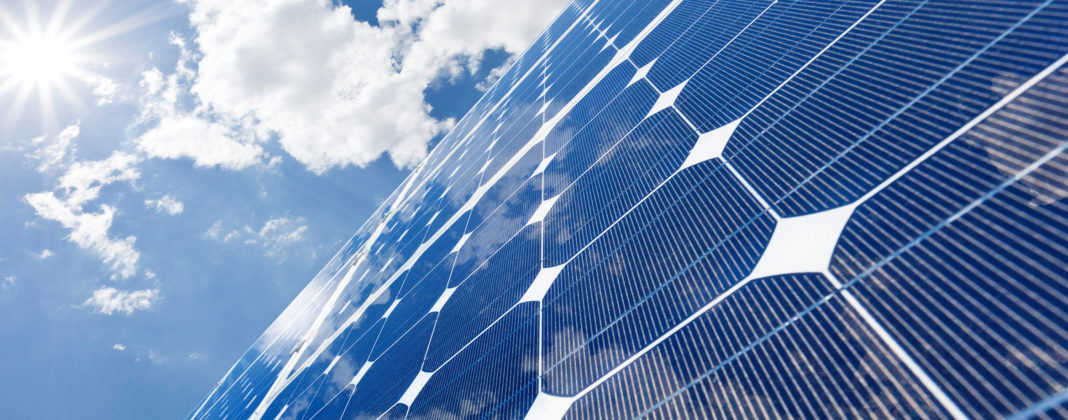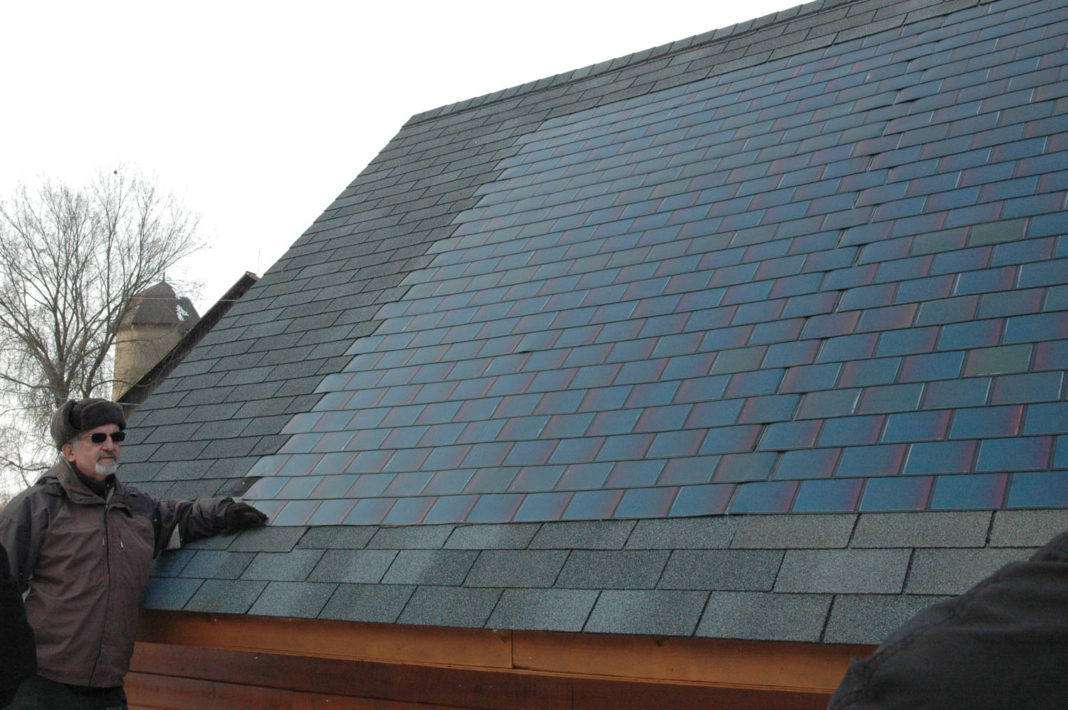Solar power has been getting cheaper and more efficient since it was first introduced, and that trend is showing no signs of slowing down anytime soon. The International Renewable Energy Agency (IRENA) has just released a report that confirms that the global share of electricity that is produced by solar photovoltaics (PV) today is currently around 2 percent. However, research suggests that this figure can rise to as much as 13 percent by 2030 with just a few minor adjustments.
Along with the increase in use will come a decrease in costs and Director-General at IRENA, Adnan Z. Amin commented, “Recent analysis from IRENA finds that cost reductions for solar and the wind will continue into the future, with further declines of up to 59 percent possible for solar PV in the next ten years.”
–
The report also details the capacity increase that solar PV is likely to see. In just 2015 alone, 20 percent of all new power generation was done via solar energy, with a global installed capacity now at around 227GW. The cost of solar PV is constantly falling and is on average between 5 to 10 US cents per kWh in places such as the U.S., South Africa, China, India, and Europe and even less for the United Arab Emirates (5.84 cents per kWh average) and Mexico (4.8 cents per kWh average).
It’s not just consumers that are benefiting from the rise in solar PV use, but investors are too. Global investment figures for 2015 were $67 billion for rooftop solar PV installations, $92 billion for larger utility-scale systems, and $267 million for off-grid applications. So, it is definitely a bandwagon worth jumping on, whatever your position may be. And, one of the most important factors in the rise in solar PV installations is the real difference that it’s making on the environment. So far, solar PV has decreased CO2 emissions by nearly 300 million tons per year!
–
There are five recommendations that have come from the report which are: to update policies based on latest innovations; for the government to show continued support of research and development projects; create a global standards framework; to market structure changes and to adopt new technologies such as smart grids and storage facilities.
More News To Read











